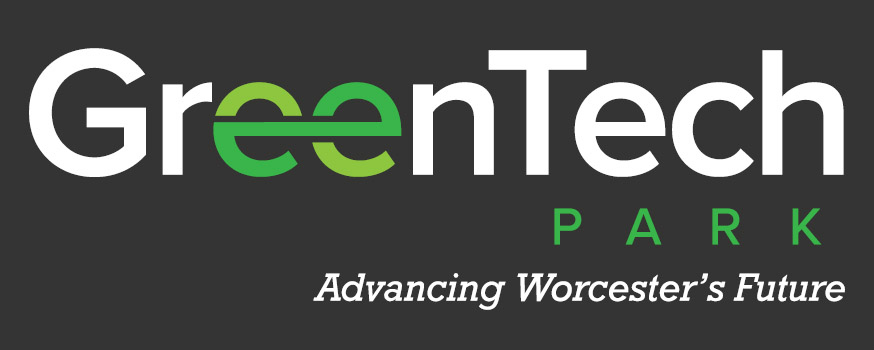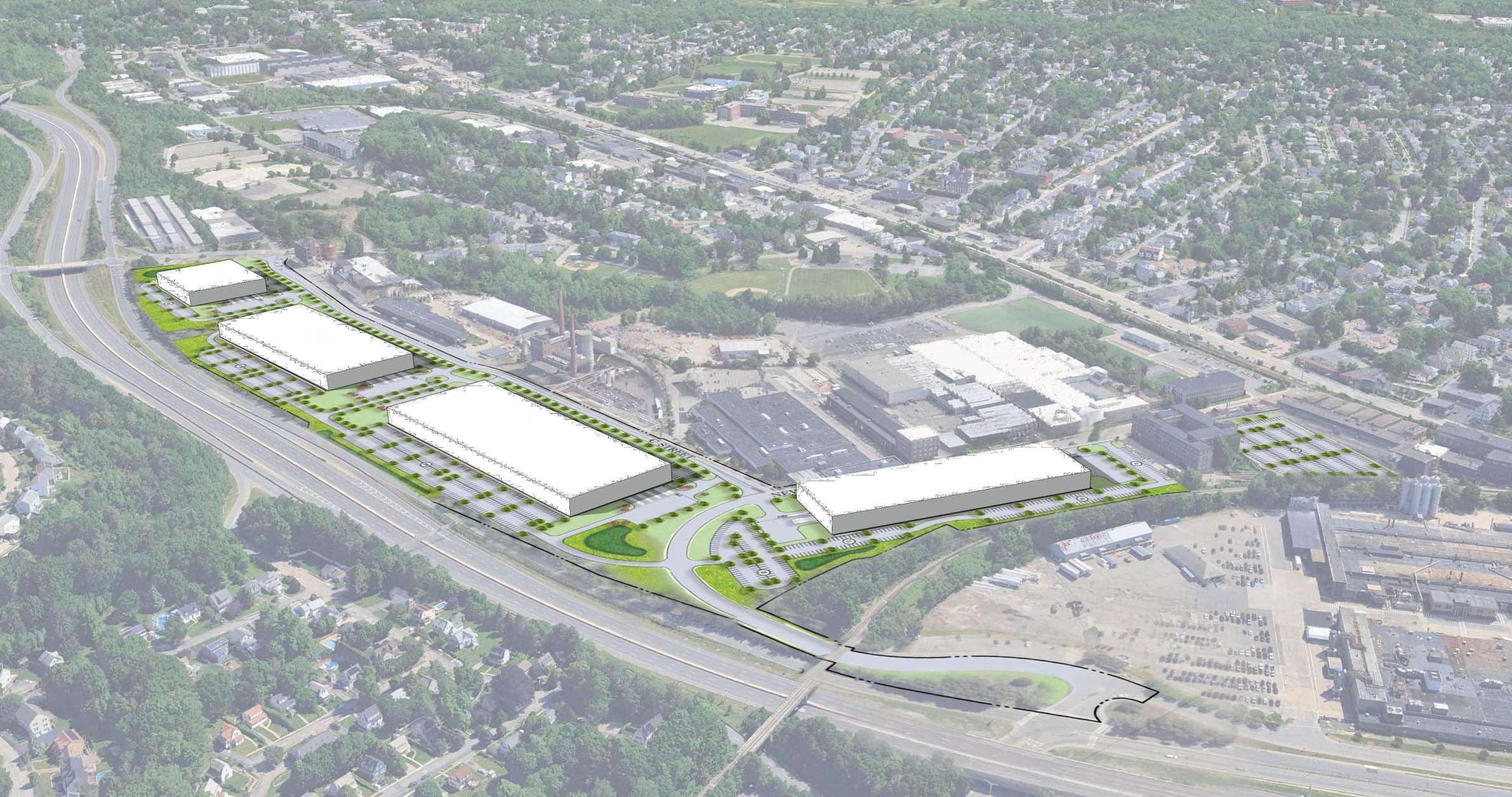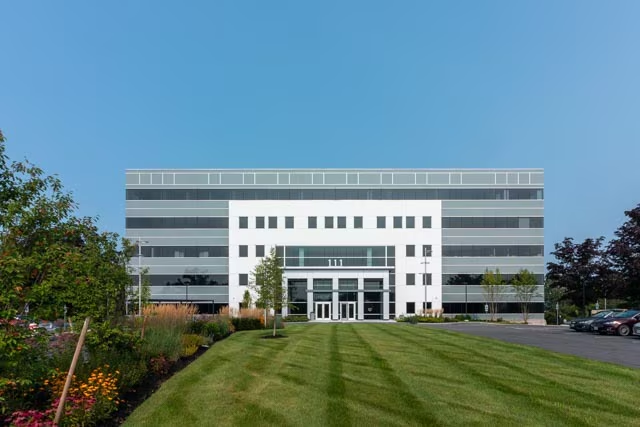Worcester Telegram
WORCESTER ― In three years, manufacturing companies could be doing business on land along Interstate 190 once owned by the abrasives manufacturer Saint-Gobain.
That three-year timeline comes from Roberta Brien, executive vice president at the private, nonprofit Worcester Business Development Corporation.
The nonprofit developer took ownership of 51 acres of Saint-Gobain’s sprawling campus in 2022 in a no-cost land transfer.
Thirty of the 51 acres should be fully cleared of Saint-Gobain’s unused buildings by the end of May, said Brien. Construction of new buildings and roads on the 30 acres could be finished in three years, if local permitting and other steps start this year, said Brien.
Demolition of the buildings on the remaining 21 acres should start after they’re vacated by Saint-Gobain.
GreenTech Park is the development corporation’s new name for the entire site, and the goal is to attract a variety of manufacturing companies.

“We would love to encourage companies to solve climate issues,” said Brien. Other possibilities she named include biomanufacturing, computer chip and solar panel makers.
A wide net will be cast to attract companies to buy new buildings or sign leases, said Brien. Local manufacturers looking to expand are another option. To date, no companies have committed to GreenTech Park, said Brien.
Saint-Gobain invested $12 million in the project. New Garden Park Inc., a subsidiary of the Worcester Business Development Corporation, kicked in $3 million, including a $2 million forgivable loan from the Massachusetts Development Finance Agency.
Is the Money Guaranteed?
There is a degree of financial uncertainty for the project.
While $2.5 million arrived from the MassWorks Infrastructure Program to defray the costs of new roads, a federal government match for the same dollar amount isn’t guaranteed given wide-ranging spending cuts by the Trump administration, led by Elon Musk’s Department of Government Efficiency.
Brien said the usual process with this type of match is to have the work done, submit receipts and then get reimbursed by the federal government. The plan is to hire contractors this fall, but Brien isn’t sure if reimbursements will come through.
The project also received a $2 million EPA grant for the cleanup of contamination on the site. Like the MassWorks match, spending comes first and then government reimbursement. Work could start in July, but, again, Brien said, it’s unclear what could happen with reimbursements.
Contingency plans are being discussed should reimbursements be held up, said Brien. One option is using money from the land sales to pay for the remaining redevelopment work. Exploring other funding sources is another avenue.
Will There Be Geothermal?
The development corporation is looking at geothermal as a possible clean-energy source to power the site. This technology involves boring holes in the ground to access the earth’s constant 58-degree temperature for consistent, cost-efficient heating and cooling.
Two rounds of tests funded by the nonprofit Home Energy Efficiency Team showed geothermal could work, said Brien.
How to pay for it is the next step, as cost estimates range from $30 million to $50 million, said Brien. The development corporation is consulting with Eversource, Worcester’s gas supplier, to study geothermal options.
Eversource has experience in this area, having developed a pilot project in Framingham, the first utility in the U.S. to partner with a municipality on such an effort. Talks with the state about potential funds for geothermal are also in the works, said Brien.
If geothermal happens, Brien said, it could connect with nearby properties. When the cost analysis is done, the goal is not to burden incoming manufacturers to GreenTech Park with start-up costs.
By Henry Schwan



